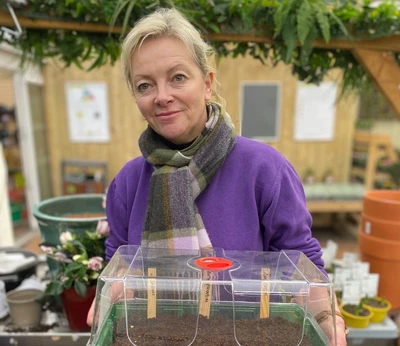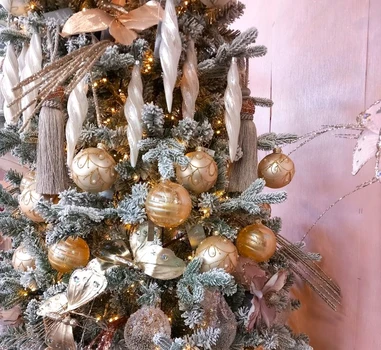Shhh! Your houseplants are sleeping. Now is the time to take a break from feeding your indoor plants to help them hibernate and re-energise for Spring. Read on for more of our team's top tips for caring for your houseplants during the colder months.
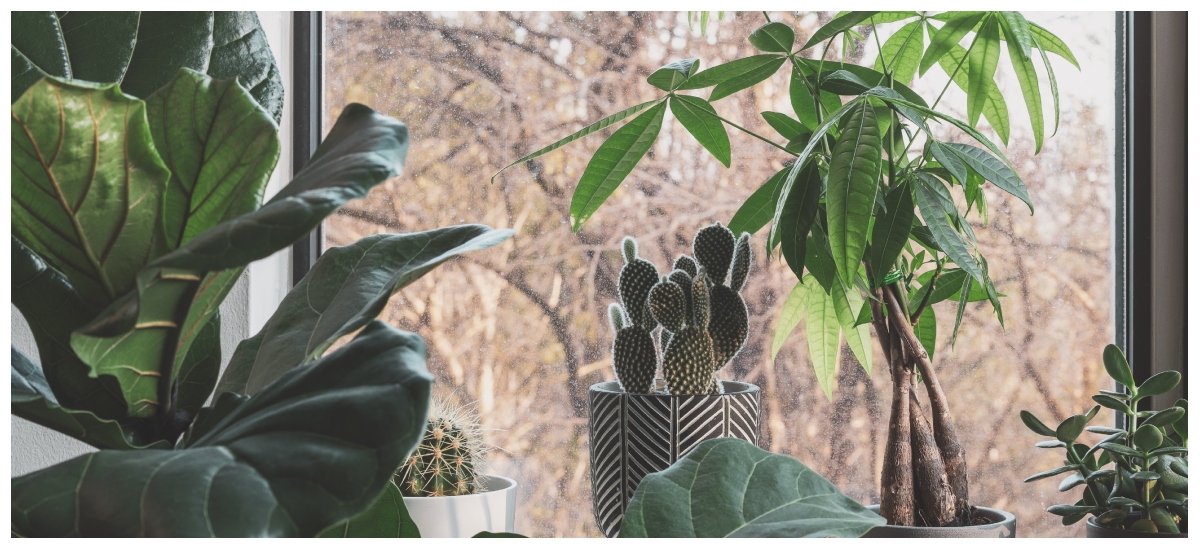
(Photo by Scott Webb on Unsplash)
Keep them cosy
Just like us plants like to be cosy but most of all they love a room with a constant temperature. That means where possible protecting your plants from cold draughts, including chilly windowsills, and keeping them away from hot radiators or fires. “Orchids especially don’t like to be cold (they start to shed their beautiful flowers) so make sure to move these to the warmest spot in your home” Holly, Millbrook Houseplant Buyer.
Get steamy
On the flip side all this indoor heating can dry the air out, which can be a problem for humidity-loving plants like ferns, spider plants and prayer plants. One way to help is sitting plants together, or try these two simple plant hacks from Holly: “You can improve humidity by standing houseplants on a tray of pebbles with a small amount of water in the tray. Or move humidity-loving plants into the bathroom where they will enjoy the steam.”
Seek out the light
Just like us, houseplants need exposure to natural light during the darker months. Rotate them to the lighter corners of your house and don’t be afraid to put them on a windowsill as there is less direct sunlight at this time of year. Alternatively opt for plants which don't demand too much natural light, such as Mother's tongue (snake plant).
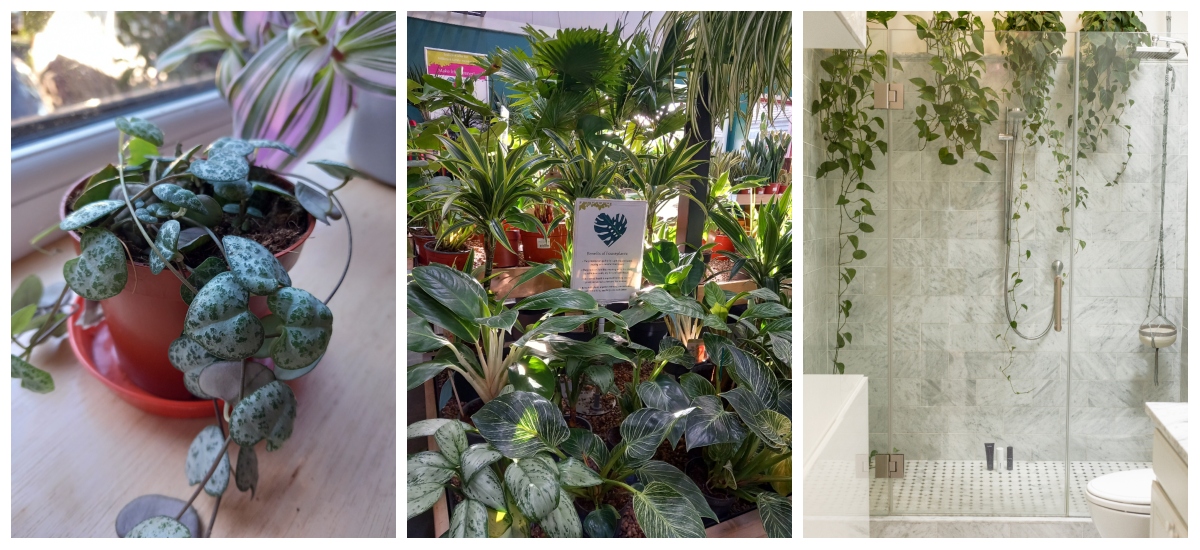
(Far right: Photo by Curology on Unsplash)
Take a break
During the Winter we take a break from feeding houseplants at Millbrook. It might feel counterintuitive but this time of year houseplants, just like your garden, need to rest. Too much watering and feeding over the Winter months can put them under strain resulting in spindly plants and weaker growth. Start feeding them again in early Spring when they are ready to grow new shoots.
Water less
Lower temperatures and less light means most plants will grow less, so be careful not to overwater during the Winter. Ideally wait until the top soil feels dry to the touch. One exception is Winter flowering plants such as Poinsettias and Christmas cactus which are often still flowering into January.
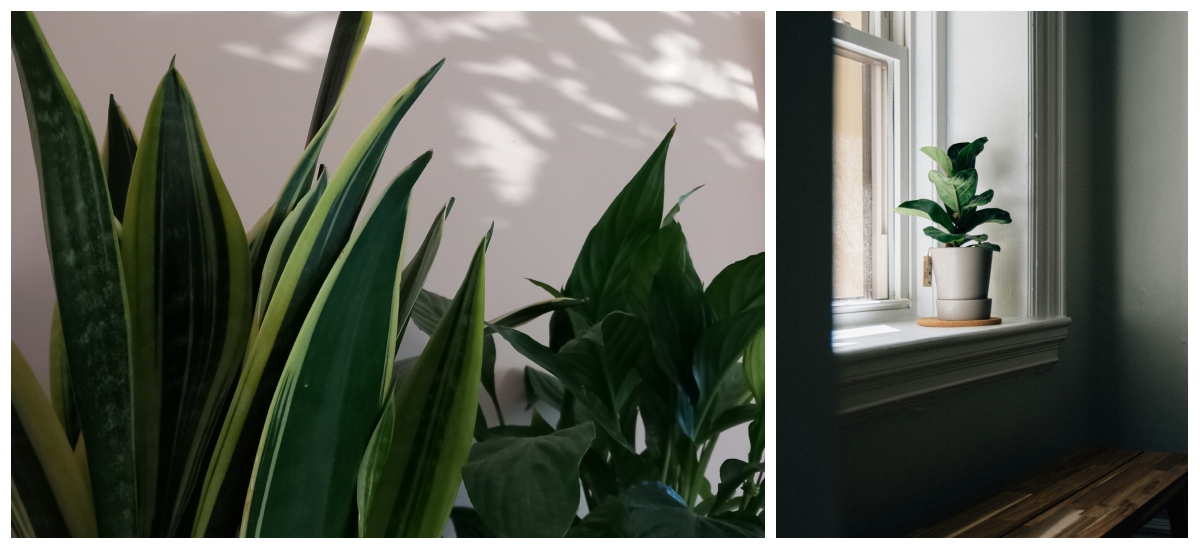
(Right: Photo by Kelly Sikkema on Unsplash)
Clean leaves
Plants feed by photosynthesis using light on their leaves so if there's lots of dust it’s harder for them to get the natural food they need. Gently wipe leaves clean with water using a cotton pad or cloth, or for bigger plants stand them in the shower and give them a gentle spray.
Check for pests
Now is a good time to check for unwanted guests – look under leaves, in the soil and around stems for signs of damage, spider webs or gnats. If your plant has an issue isolate it away from other plants, then pop into Millbrook for help. A popular choice with Millbrook customers, we stock Lava-Lite No Gnats (arriving at Staplehurst end of January), an effective and 100% natural solution for pesky houseplant pests.
Remember a happy houseplant is one that’s right for your home. Always make sure to check the instructions on your plant care label or chat to our team in-store for advice. Don’t forget to tag us in your happy houseplant photos on instagram!

